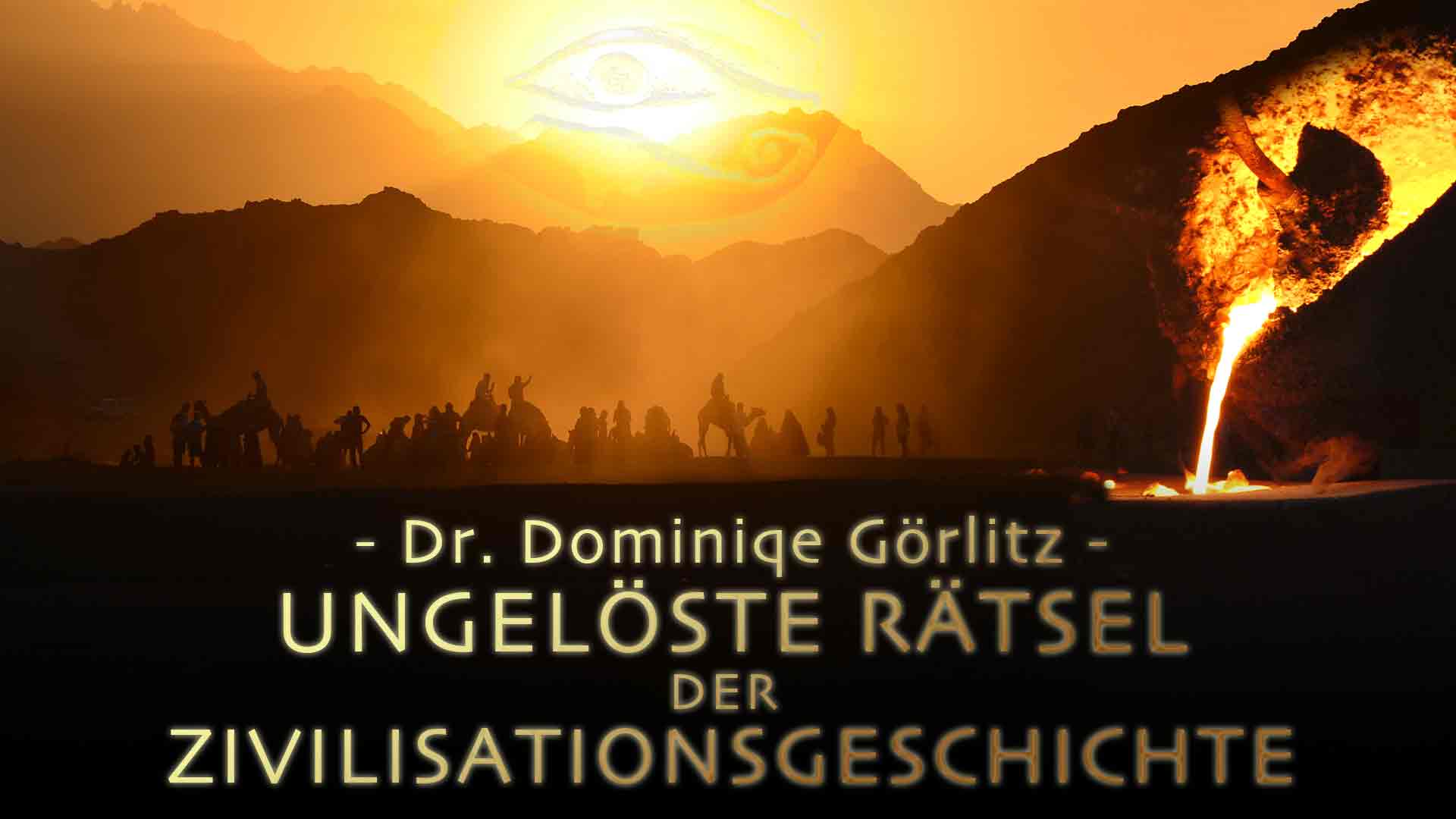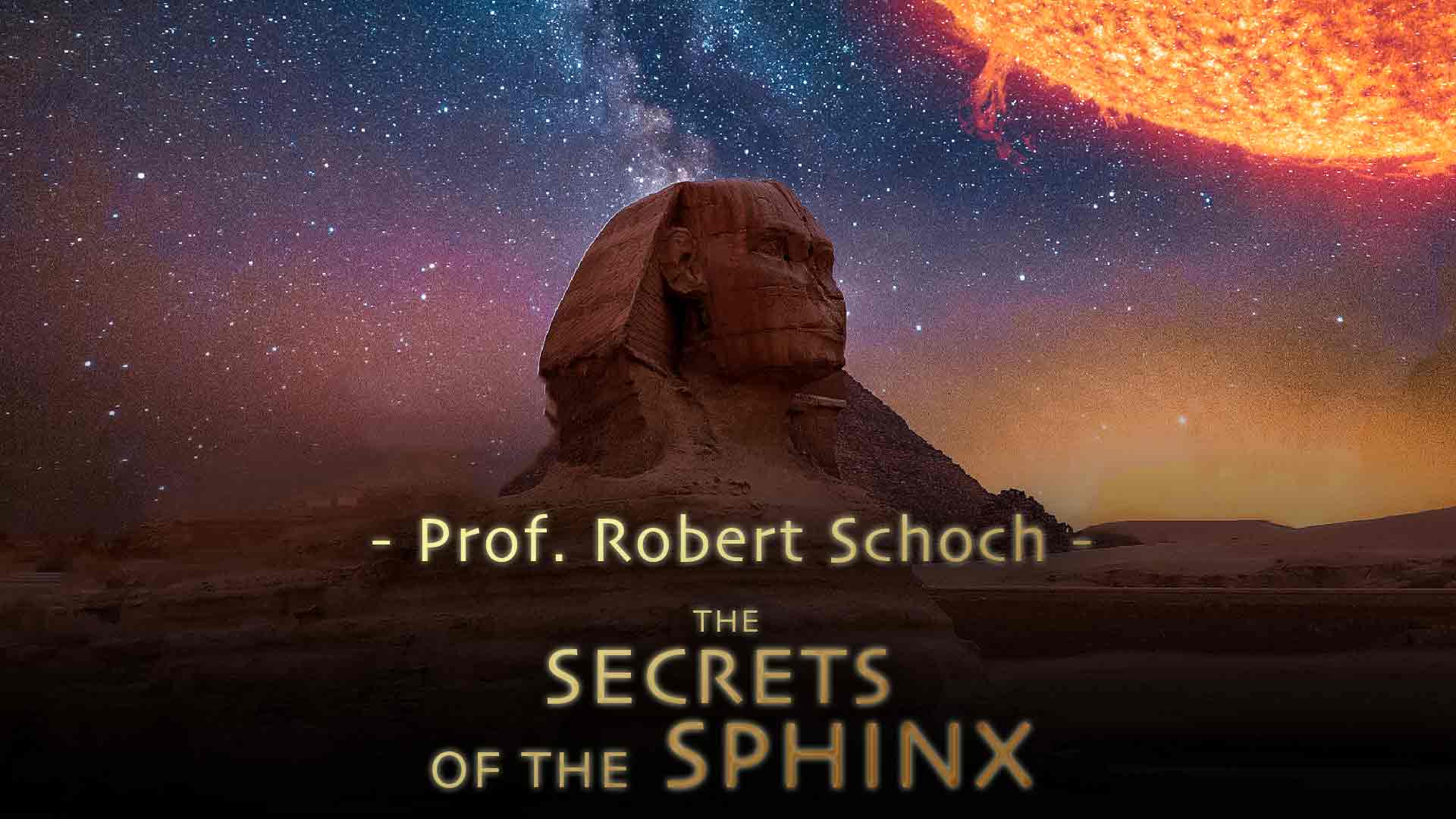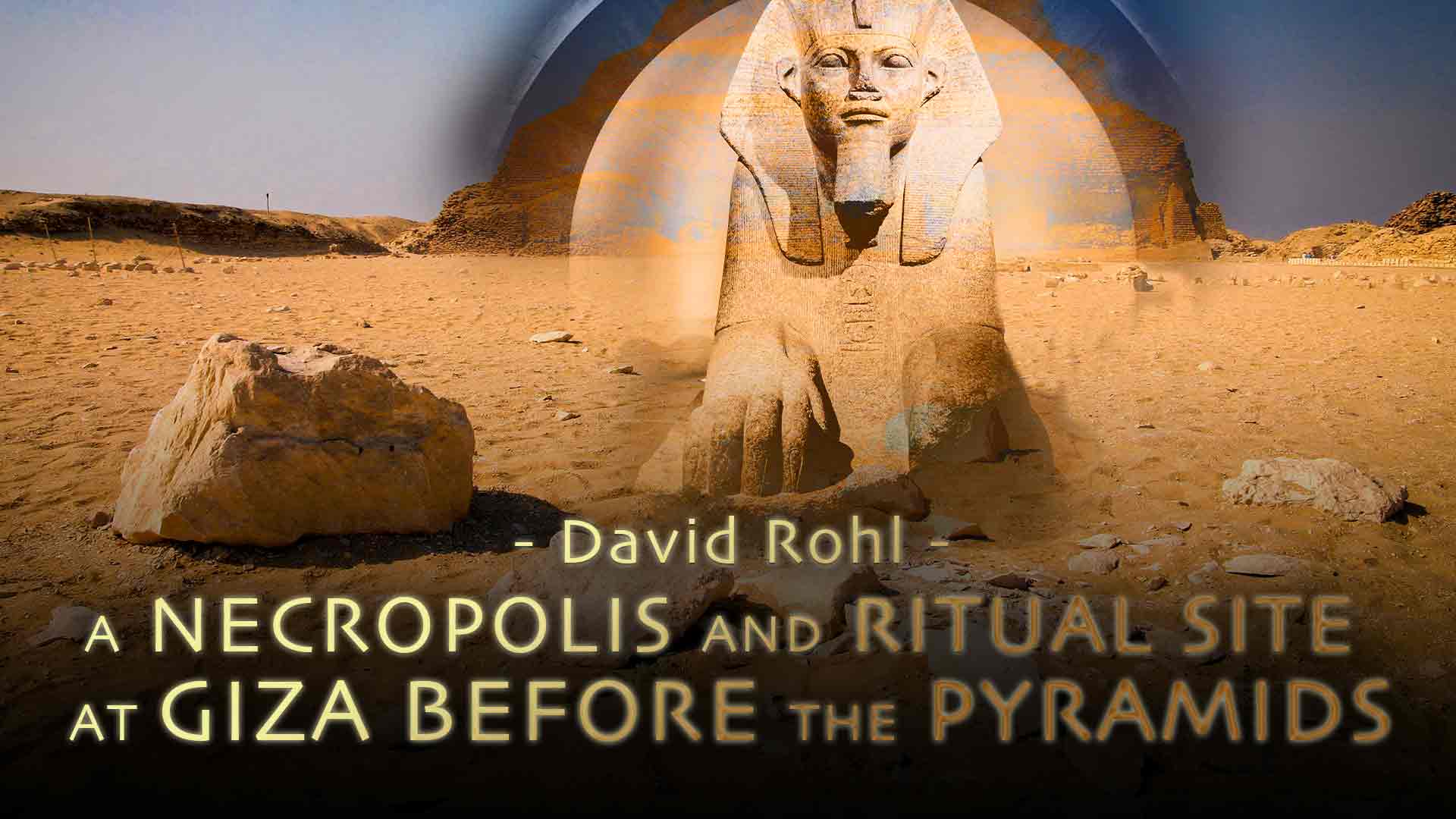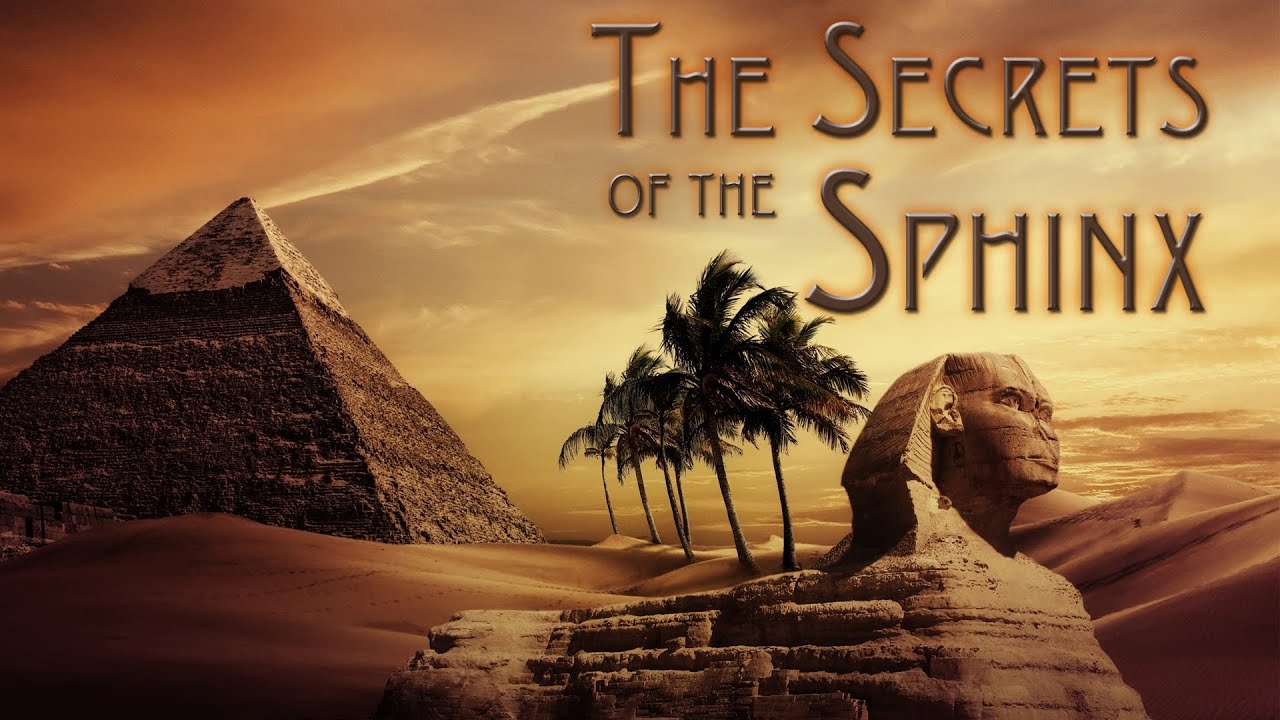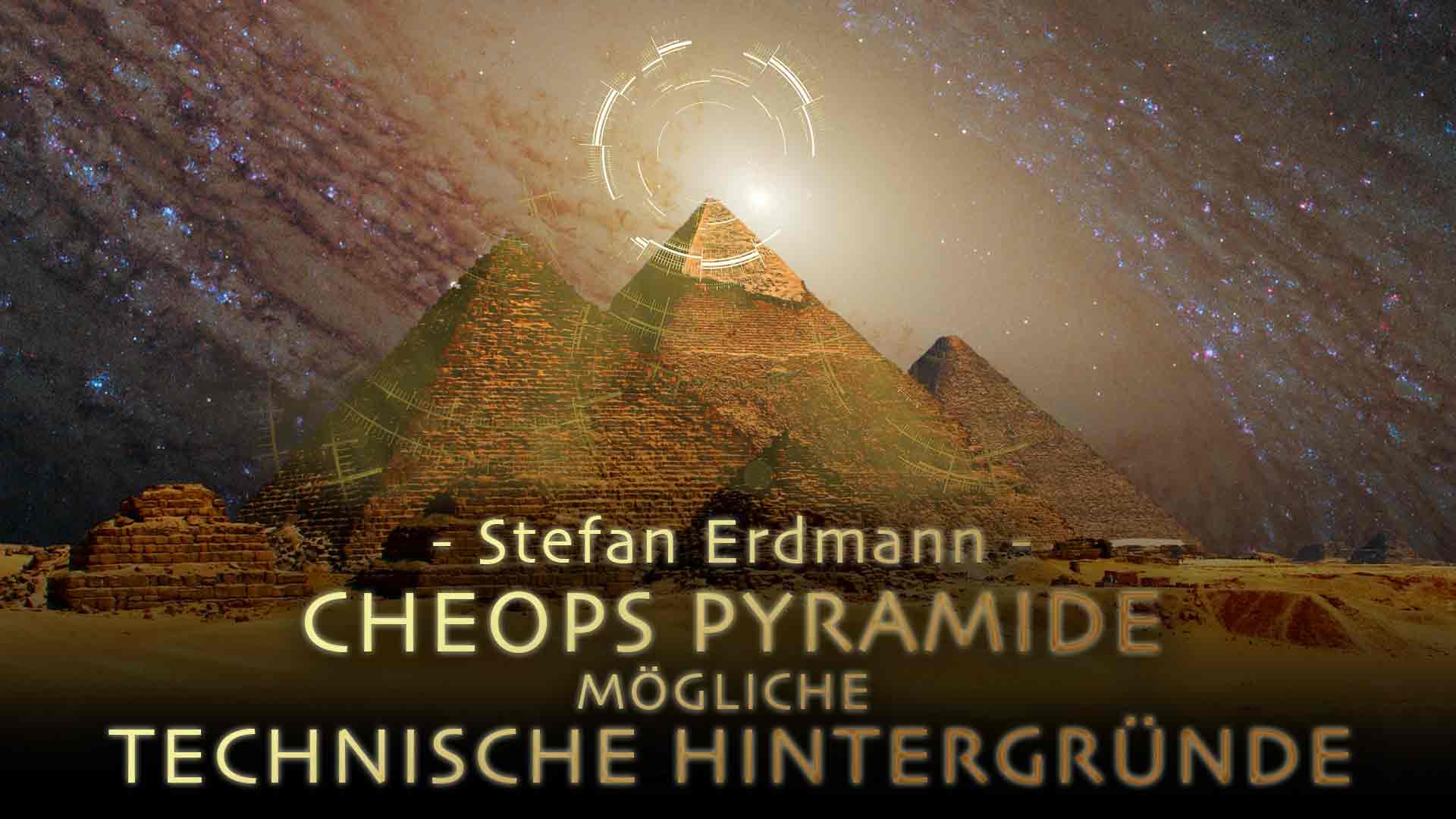The Great Sphinx is a colossal statue with the face of a man and the body of a lion. Carved out of the surrounding limestone bedrock, it is 57 metres (187 ft) long, 6 metres (20 ft) wide, and has a height of 20 metres (66 ft), making it the largest single-stone statue in the world. The Great Sphinx is one of the world’s largest and oldest statues, yet basic facts about it such as the real-life model for the face, when and why it was built, and by whom, are debated. These questions have collectively earned the title „Riddle of the Sphinx“, a nod to its Greek namesake, although this phrase should not be confused with the original Greek legend.
The Great Sphinx is commonly accepted by Egyptologists to represent the likeness of King Khafra (also known by the Hellenised version of his name, Chephren) who is often credited as the builder as well. This would place the time of construction somewhere between 2520 BC and 2494 BC. Because the limited evidence giving provenance to Khafra is ambiguous, the idea of who built the Sphinx, and when, continues to be the subject of debate. An argument put forward by Bauval and Hancock to support the Orion Correlation Theory is that the construction of the Great Sphinx was begun in 10,500 BC; that the Sphinx’s lion-shape is a definitive reference to the constellation of Leo; and that the layout and orientation of the Sphinx, the Giza pyramid complex and the Nile River are an accurate reflection or „map“ of the constellations of Leo, Orion (specifically, Orion’s Belt) and the Milky Way, respectively.
A date of 10,500 BC is chosen because they maintain this is the only time in the precession of the equinoxes when the astrological age was Leo and when that constellation rose directly east of the Sphinx at the vernal equinox. They also suggest that in this epoch the angles between the three stars of Orion’s Belt and the horizon were an „exact match“ to the angles between the three main Giza pyramids. These propositions and other theories are used to support the overall belief in an advanced and ancient, but now vanished, global progenitor civilization.
The theory that the Sphinx is actually far older has received some support from geologists. Most famously, Robert M. Schoch has argued that the effects of water erosion on the Sphinx and its surrounding enclosure mean that parts of the monument must originally have been carved at the latest between 7000–5000 BC. Schoch’s analysis has been broadly corroborated by another geologist, David Coxill, who agrees that the Sphinx has been heavily weathered by rainwater and therefore must have been carved in pre-dynastic times. A third geologist, Colin Reader, has suggested a date only several hundred years prior to the commonly accepted date for construction. These views have been almost universally rejected by mainstream Egyptologists who, together with a number of geologists including James Harrell, Lal Gauri, John J. Sinai, and Jayanta K. Bandyopadhyaym, stand by the conventional dating for the monument. Their analyses attribute the apparently accelerated wear on the Sphinx variously to modern industrial pollution, qualitative differences between the layers of limestone in the monument itself, scouring by wind-borne sand, or temperature changes causing the stone to crack.
Robert Bauval was born in Alexandria, Egypt in 1948. His parents belonged to the cosmopolitan community, being Belgian and Maltese citizens with permanent Egyptian residency. Bauval's paternal ancestors in Egypt go back to 1785 in Cairo. Bauval was schooled in English at the British Boys School and the Victoria College in Alexandria. He left Egypt during the 1967 Six-Day War with Israel, and settled in England, where he continued his studies. In 1973 he was awarded a Higher National Diploma in Building with Distinction from the University of the Southbank in London. Bauval also was awarded in 1990 the Postgraduate Diploma in European Marketing with Distinction. He is fluent in English, French, Italian and Arabic, and Speaks also some Spanish. He worked as a construction engineer in England, the Sultanate of Oman, Iran, Sudan, Guinea and Ivory Coast, Saudi Arabia and France. In 1994 Robert Bauval published his first book, The Orion Mystery (with Adrian Gilbert), which was a No.1 bestseller in the UK and also an international bestseller, translated in more than twenty-five languages.







